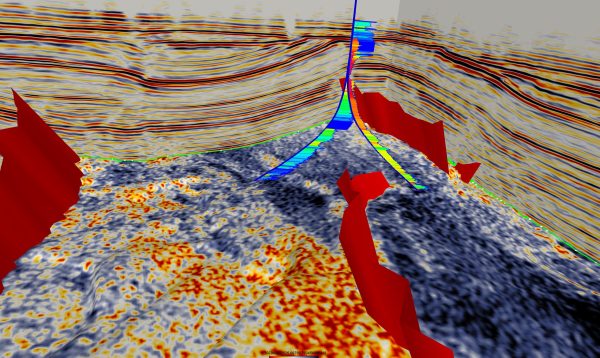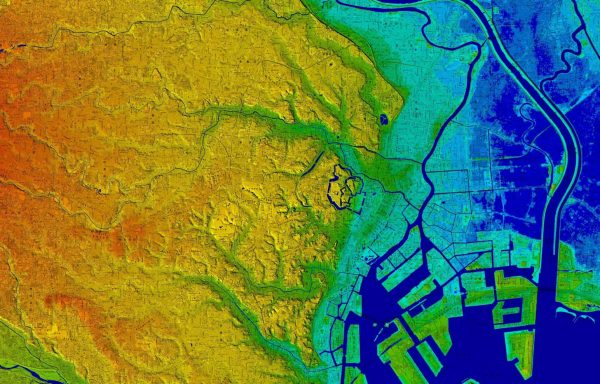
Basic elements, definition and procedure of mineral exploration. Investments and financial risk, expected payoff value, decision analysis, decision trees, value of information, Bayesian statistics. Exploitability of deposits and ore reserve categories, economic feasibility of exploitation, economic indicators, net present value.
Indirect exploration methods: gravitational, magnetic and electromagnetic method, design and execution of geophysical field measurements, elaboration, interpretation and development of subsoil models, correlation of geophysical results, applications in mineral research.
Direct exploration methods: Drill hole sampling, drilling rigs, rotary drilling, mechanical equipment, drilling parameters, sample collectors, soil pickers, standardization. Sampling and statistical population: sampling error, graphical solution of the problem of sample processing. Design of an exploration drilling campaign: calculation of detection probabilities with grids of different dimensions, number of drillings and degree of certainty, calculation and control of statistical parameters and confidence intervals of the results.
Ore reserves estimation: data accumulation and storage, numerical model of the deposit, cut-off grade, estimation by conventional and by geostatistical methods. Evaluation of the investment plan, mine operation life and production capacity, initial amount of investment, operating costs, expected cash flow, environmental impact assessment, feasibility study, cash flow table.



